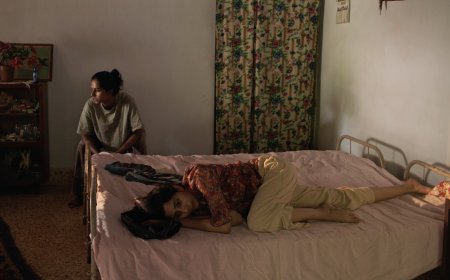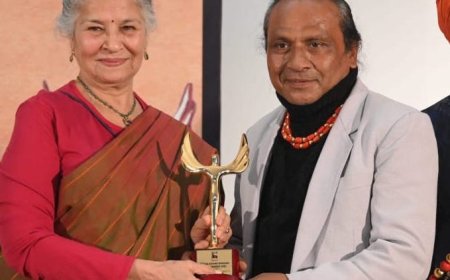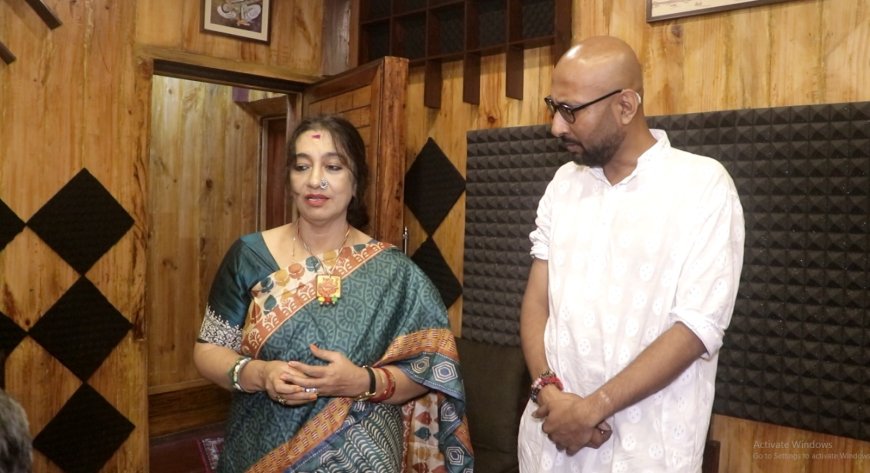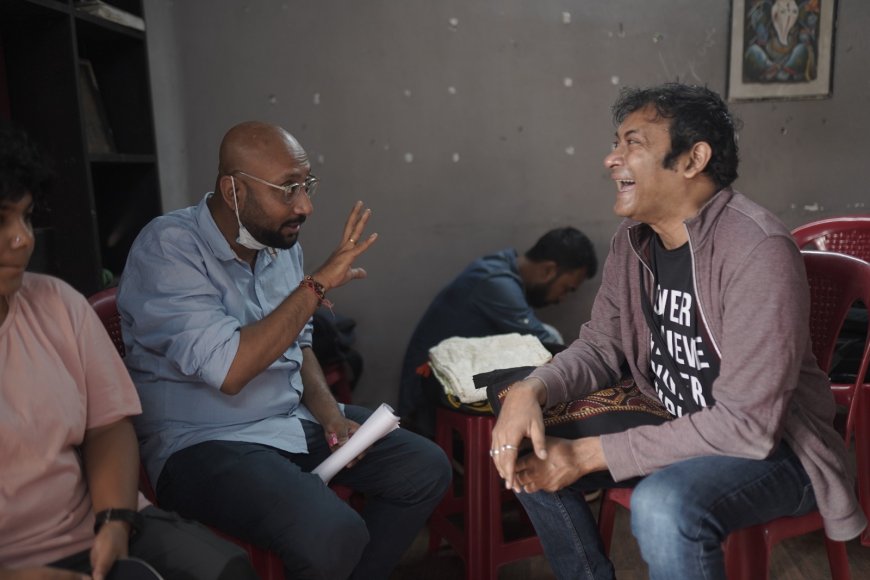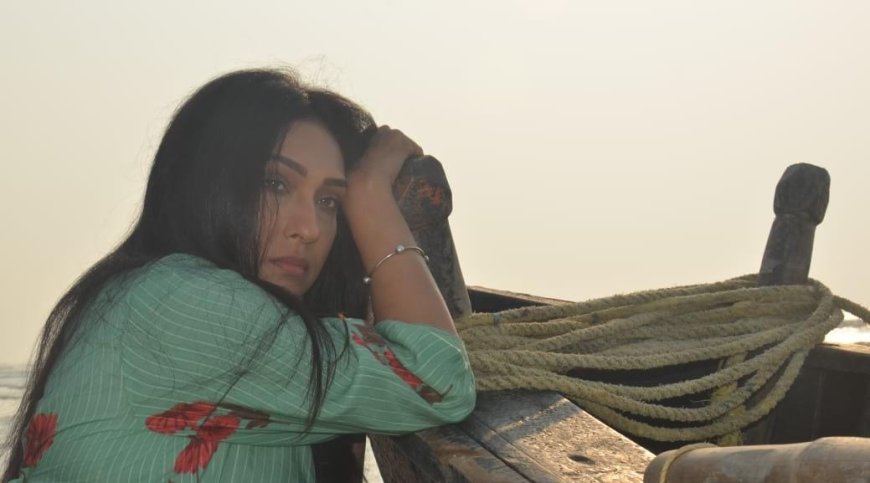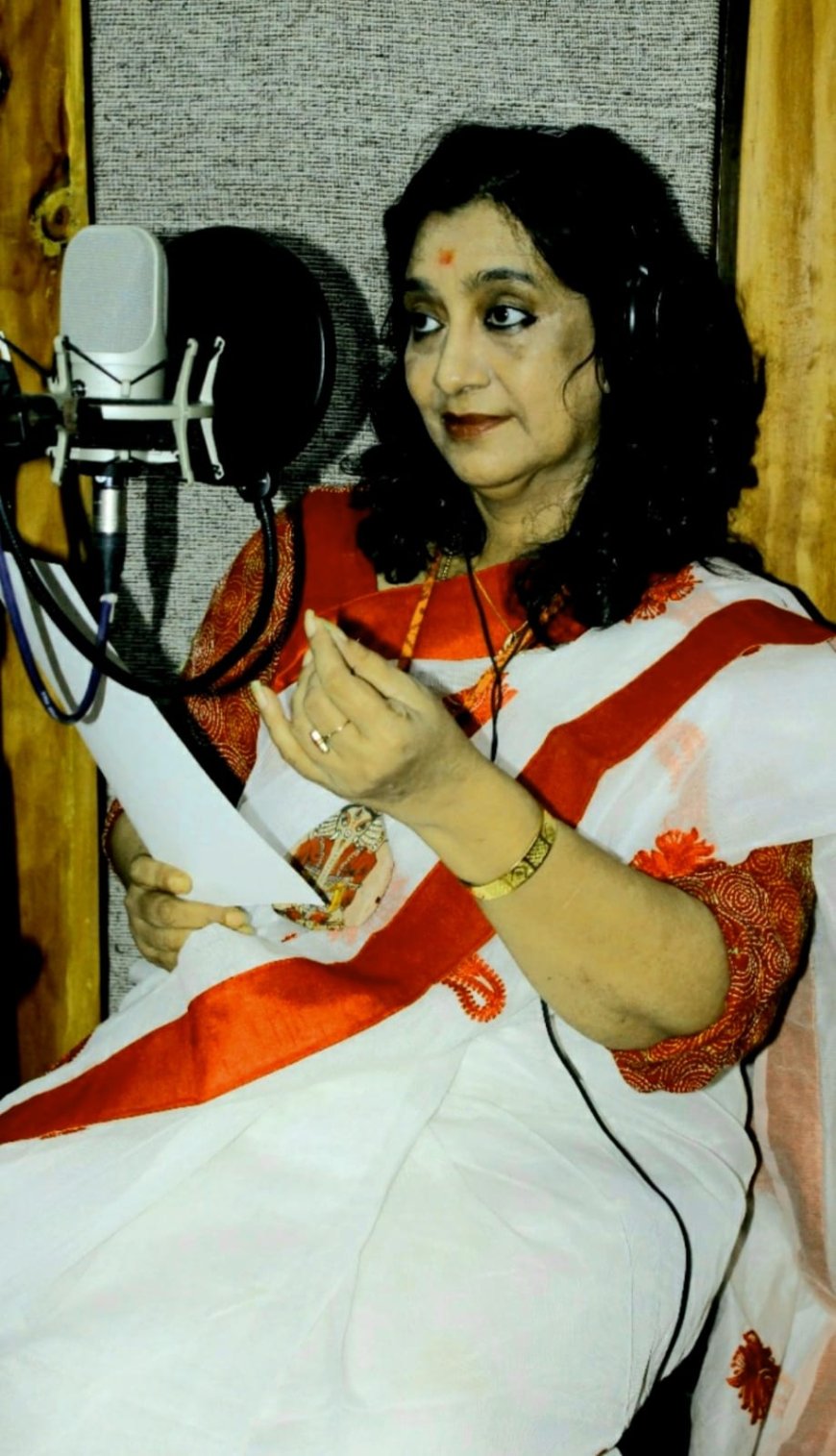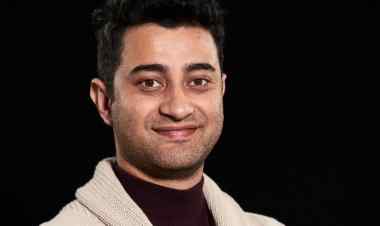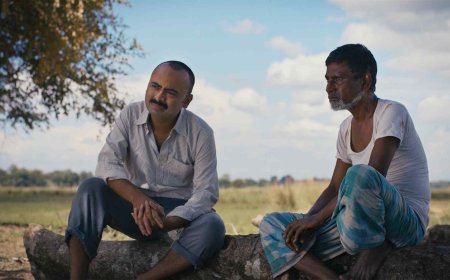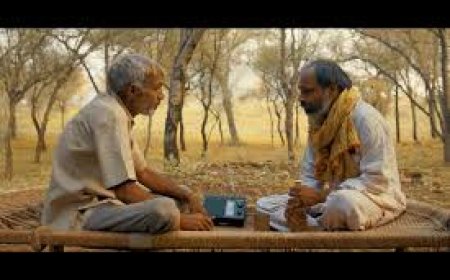Interview: PRASENJIT BISWAS SETS OFF WITH AN ANTHOLOGY
Dr. Shoma A. Chatterji provides an in-depth interview with PRASENJIT BISWAS who is making a sparkling directorial debut with a five-story anthology still being shot. He has roped in many stellar stars and talented actors plus good technicians and music directors.
I have known him, Prasenjit Biswas for some time now. Always running along with the directors he assisted in different films and capacities, trying to organize funding and producers for his directorial debut and never stopping in his long run to reach the finishing point and bracing that red tape. But to hear that he has broken through with an anthology of several stories in one film as his debut has indeed come as a pleasant, or, rather, very pleasant surprise. He opens up on his long journey in films in a one-to-one with this writer.
Let us hear about the beginning of your journey.
I have been working in my vernacular ie. Bengali. Along with other languages such as English and Hindi which are my forte as well. I began as an assistant to Kaushik Ganguly and Anjan Dutt, both of who are National Award winners. Then, I became associate director with Mainak Bhowmik for his quite ‘out-of-the-box’ series of films like Maach Mishti And More and Kamalendu’s Bedroom and so on. I also did a stint as creative director for a television series called Robithakurer Golpo for Viacom Colors Bangla and very recently, I did a web film for KLiKK, an OTT site.
Why did you decide on an anthology for your directorial debut?
In spite of my best efforts I couldn’t raise the funds to make the kind of stories I want to tell on celluloid. I did not have the budget to make a full length feature, so I resolved to use my own funds and put together whatever funding I could get, as and when. The stories therefore had to be doable with absolutely rock-bottom resources. I started with just one producer for the first instalment of #FairandUgly.
What did you begin with?
We began with Deeply, a two-character short story. We had a budget of less than twenty thousand and the goodwill and cooperation of Parno Mittrah and Samrat Chakrabarti as my cast. My director of photography, Rusha Bose, used her own camera to shoot Deeply, Ronnie Das was editor, costumes were done by Sulagna Chowdhury and the production design and art direction were done by Saswati Karmakar and Mridul Baidya. I will be eternally indebted to them and to my production manager, Bidyut Das, and my AD Ritabrata Mukherjee. The budget constraints actually forced me to choose the anthology format. But we decided to turn our liabilities into assets by using this as an opportunity to experiment with this format.
How did you land a producer for your debut film?
I started off by breaking my Father's monthly income scheme and funding Deeply. We then used this piece to pitch the whole project to various producers. Eventually Dhiman Barman along with Mr Harit Ratna and Manisha Ratna (Drishtishree Arts) agreed to fund Fair and Ugly.
Please give me a gist of the stories in the anthology along with their authors and titles.
Bastobik/Truly: A kind-hearted young waiter meets a woman in trouble and tries to help her, but his feelings prevent him from seeing the truth.
Unmad/Madly: A young boy on the verge of manhood is desperate to please a girl he likes, but things don’t go as planned. The story is very loosely based on James Joyce’s short story ‘Araby’ but revisualised for an Indian setting and audience.
Gohon/Deeply: A man and woman travel every day along the same route. They have never met, but they are connected on social media. One day they decide to meet in person. This short tells the story of what happens when the veil is lifted and they are face to face.
Sammohan/Really?: Two sisters have grown up filled with resentment towards each other, and now they are facing a choice: will they set aside their feud and help each other, or will they let their jealousy destroy them?
Antoreep/Finally: A middle-aged couple have been ordered by their lawyers to go on vacation and mend their relationship, but is there any love left between them, or have the years changed them both beyond repair? Both of them are involved with other partners outside of marriage. Ritwik is a filmmaker and Joyeeta is a professor of Media. Rituparna Sengupta is portraying the character of Joyeeta and Koushik Sen is portraying her husband. Shayon Munshi is making a comeback to films after a long gap.
How do you approach direction? Script-reading sessions with actors and technicians, workshops before shoot, rehearsals before taking, etc?
It completely depends upon the story, screenplay and character graph. I try to see the structure of the story, the bones, before I put flesh on them. I begin by discussing the plot and scenes with my writers. My screenplay writer, Rimi B. Chatterjee, produces a first draft which we then go over in detail. We rehearse the scenes in our imaginations, discuss them with the actors and the crew and visualise how to make it happen. Table readings with the actors help them plan how they will deliver the lines and portray their role before they are under pressure in front of the camera. Then once we are on set, we do a few rehearals to figure out the blocking and angles, so that the final shoot will be as smooth as possible. Good preparation helps to save budget as well as ensure the quality of the final production. This technique helps me to build trust with my actors, make everyone comfortable and clear-minded about their tasks, and adjust and transfer the energy of the mental and physical graph of the character to the screen.
Do you allow your actors to improvise on the sets? Give reasons for your answer as you have dealt with some gifted and also debutant actors like Rituparna Sengupta, Koushik Sen, Mumtaz Sorcar, Riya Sen, Samrat, Samadarshi, Afreen, Ritobroto,Parno Mitrah, Aranya, Jayabrato Srilekha Mitra, Kamalika Banerjee, and others.
Once again, it depends on the actor. I like to work with actors who bring their own creative spin to their work, and they get ample opportunity to talk out their ideas with the rest of the team before we commit anything to film. I try and give my cast as much comfort and space as they need to get into the skin of the character for my actors. We also discuss casting while at the writing stage so that we can customise our characters to the actors’ special skills and strengths. Of course there’s always room for improvisations on set to try and achieve the highest quality of performance.
How do you define "cinema" per se?
I call myself a visual storyteller with a camera. Cinema is the most powerful medium in terms of its longevity and reach. It can travel with ease through time and space: the only limits are imagination and budget. Here in the third world, we don’t have the budget and technology of Hollywood, Europe or Korea, so we have to rely on the age-old powers of story to make our magic happen.
How do you look back on your directorial experience? A learning experience? A long struggle? A pleasure? An achievement? A challenge? Explain.
It has been quite a rollercoaster, but also a very deep learning experience. No amount of exposure can prepare you for the agony and ecstasy of making your own stories, but it has most definitely been worth it.
Which Indian and Bengali directors have inspired you to become a director yourself and why?
Aparna Sen, Rituparno Ghosh and Goutam Ghose. I got the opportunity to work with Kaushik Ganguly from the inception of Arekti Premer Golpo and learn the aesthetics of cinema and art of storytelling. I could also name Tapan Sinha, Dinen Gupta, Agradoot, Tarun Majumdar, Arabinda Mukhopadhyay, Ajay Kar, Purnendu Patrea, Basu Chatterjee and of course our three masters Satyajit Ray, Mrinal Jethu and Ritwik Ghatak of course.
Which are the locations you shot the films in?
Mostly in and around Kolkata, with parts of Antoreep shot in Mandar Mani, and Madly shot entirely in Shillong.
Anything else you may want to add?
I am eternally grateful to Arindam Sil, Anjan Dutt, Kaushik Ganguly and of course my best pal Mainak Bhaumik for correct guidance. My technicians are experts like Arghyakamal Mitra and Indranil Mukherjee. For music,I have roped in different music composers for different films such as Ratul Shankar for Bastobik, Neel Adhikari for Gohon, Dubyakamal Mitra for Madly, Durnibar Saha for Really and Raja Narayan Deb for the Rituparna film.
How and where do you see yourself five years from now?
Making my kind of stories which I believe in and taking the audience with me on my journey.
*****
What's Your Reaction?







